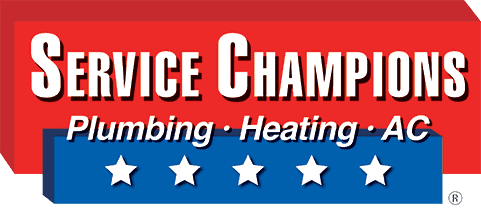What is Carbon Monoxide and Why You Should Be Concerned
You do everything you can to make your home as safe as possible. From installing an alarm system to spraying for pests, it’s all on the list—but what about the “silent killer” that is carbon monoxide (also known as CO gas). This colorless, odorless gas kills at least 430 people in the U.S. every year and sends nearly 50,000 more to the emergency room. Because of this, we are sharing a short guide to carbon monoxide.
What is Carbon Monoxide?
Let’s start with the basics, what is carbon monoxide or CO gas? It’s a colorless, odorless gas naturally created by fire; it can also cause sudden illness. To be more specific, CO gas is created when gas, wood, or charcoal fires burn in small spaces. Sources include your furnace, stove, any kerosene powered gadgets, gas lanterns and range, as well as charcoal and wood.
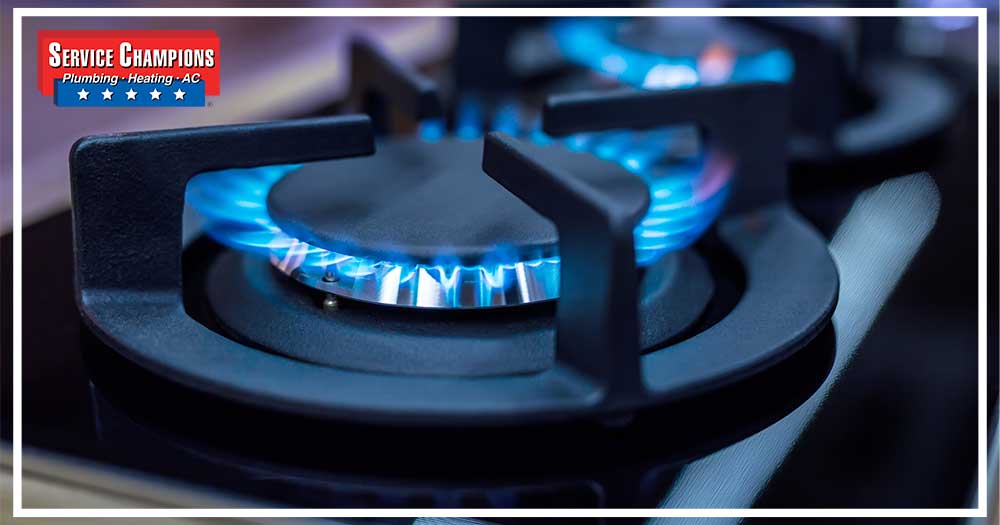
Fires naturally take oxygen out of the atmosphere and replace it with carbon monoxide. Though this usually isn’t a problem outdoors, that gas level in an enclosed space (like your kitchen) can do some massive damage. When humans or animals breathe in carbon monoxide, their red blood cells replace oxygen with CO gas, too much CO gas and not enough oxygen leads to poisoning.
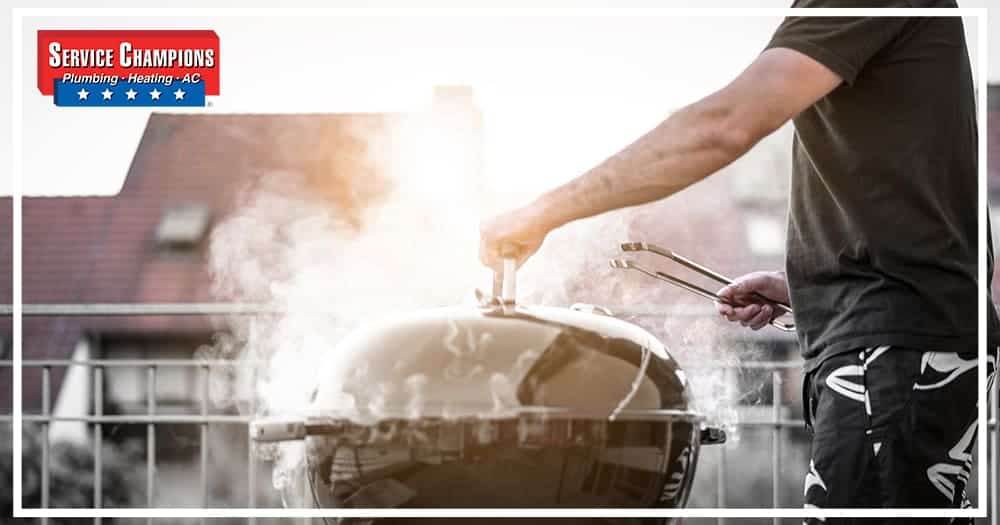
How Can I keep Myself Safe?
Safety is the most important section of any carbon monoxide guide. For your safety, and the safety of others in your home, the best thing you can do to protect yourself from CO poisoning is to schedule regular furnace tune-ups. At Service Champions, our expertly trained HVAC technicians inspect every part of your furnace for function and safety. If they find any issues, they will bring it to your attention immediately.
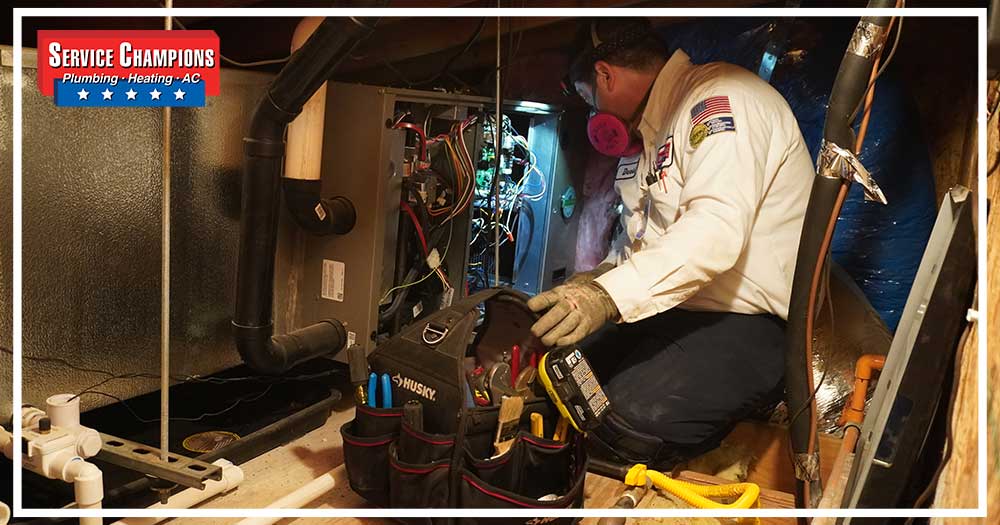
Here are some other things you can do to make sure your home, and anyone in it, is safe from carbon monoxide poisoning:
- Install a carbon monoxide detector and make sure to replace the batteries every six months. Also, be sure to ask your HVAC tech where to place the detector. Hang it too high and you won’t know about a CO leak until it’s too late.
- If you experience a power outage, do not use any gas powered appliances to heat your home. This includes your stove, range, and oven.
- Do not burn charcoal inside
- Make sure any and all generators are outside, never run one in your home or garage.
- Never leave a car running in a garage connected to your home, even if the garage door is open.
What Are the Symptoms of Carbon Monoxide Poisoning?
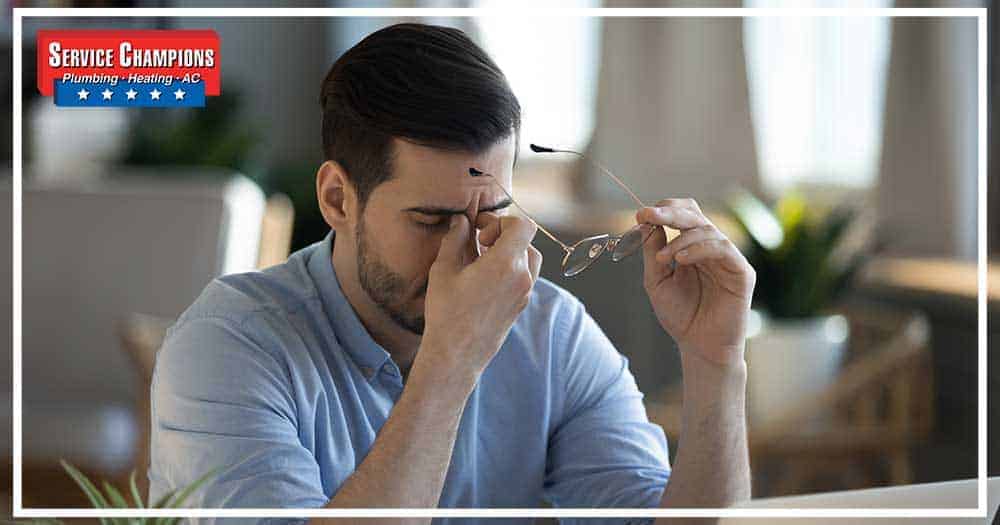
Symptoms of carbon monoxide poisoning can range from simple to severe. Some of the most common, milder symptoms are:
- Headache
- Dizziness
- Nausea and Vomiting
- Fatigue
- Loss of breath
- Chest pain
Carbon monoxide can also have major consequences for a person’s mental state. If you believe carbon monoxide may be a factor in someone’s behavioral or mental shift, here are some things to watch out for:
- Extreme mood swings
- Sudden clumsiness
- Confusion and flawed judgement
- Personality changes
- Vision problems
Unfortunately, there are also some long term effects of CO gas poisoning. Prolonged exposure to CO gas can lead to brain damage, including problems with memory and concentration. It can additionally lead to permanent vision and hearing loss.
If you suspect a carbon monoxide leak in your home, or if you believe someone is experiencing these symptoms because of CO gas, do not wait to call emergency services. Treatment for carbon monoxide poisoning is readily available, the patient just needs to get to the doctor on time.
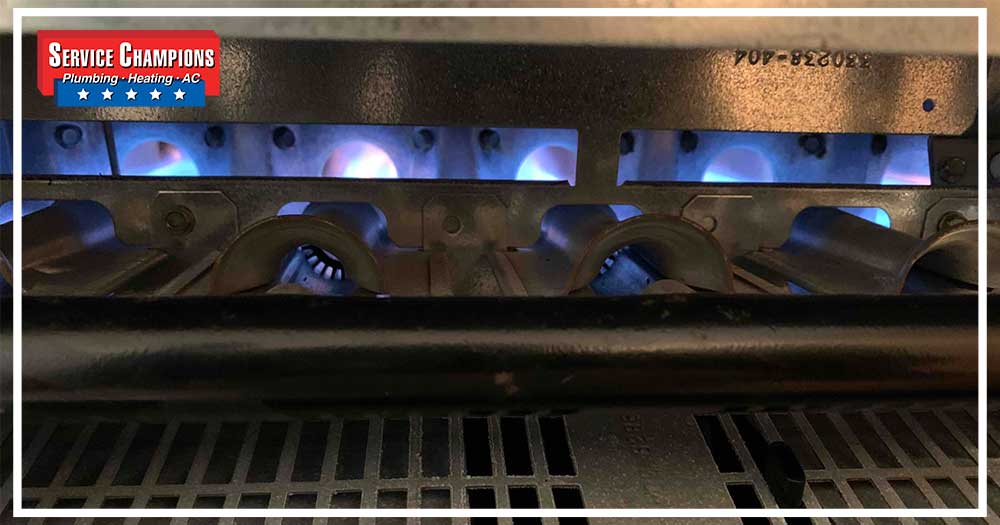
Still Worried about CO Gas? Call the Experts at Service Champions.
Carbon monoxide is something that should not be taken lightly. If you haven’t scheduled your furnace tune up, reach out to our friendly Client Services Representatives or click here to book an appointment online. Service Champions is the only Diamond Certified HVAC and plumbing company in Orange County. We proudly serve communities in Los Angeles, Orange, and Riverside counties.
